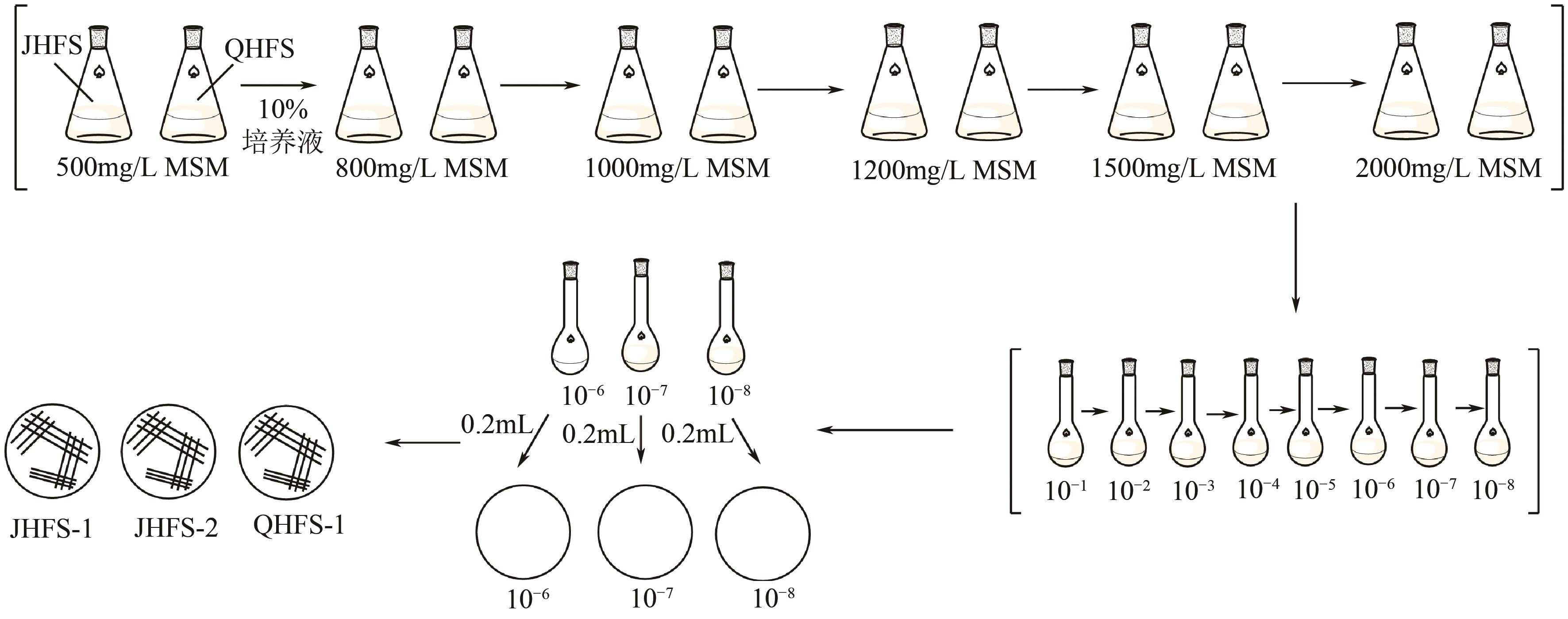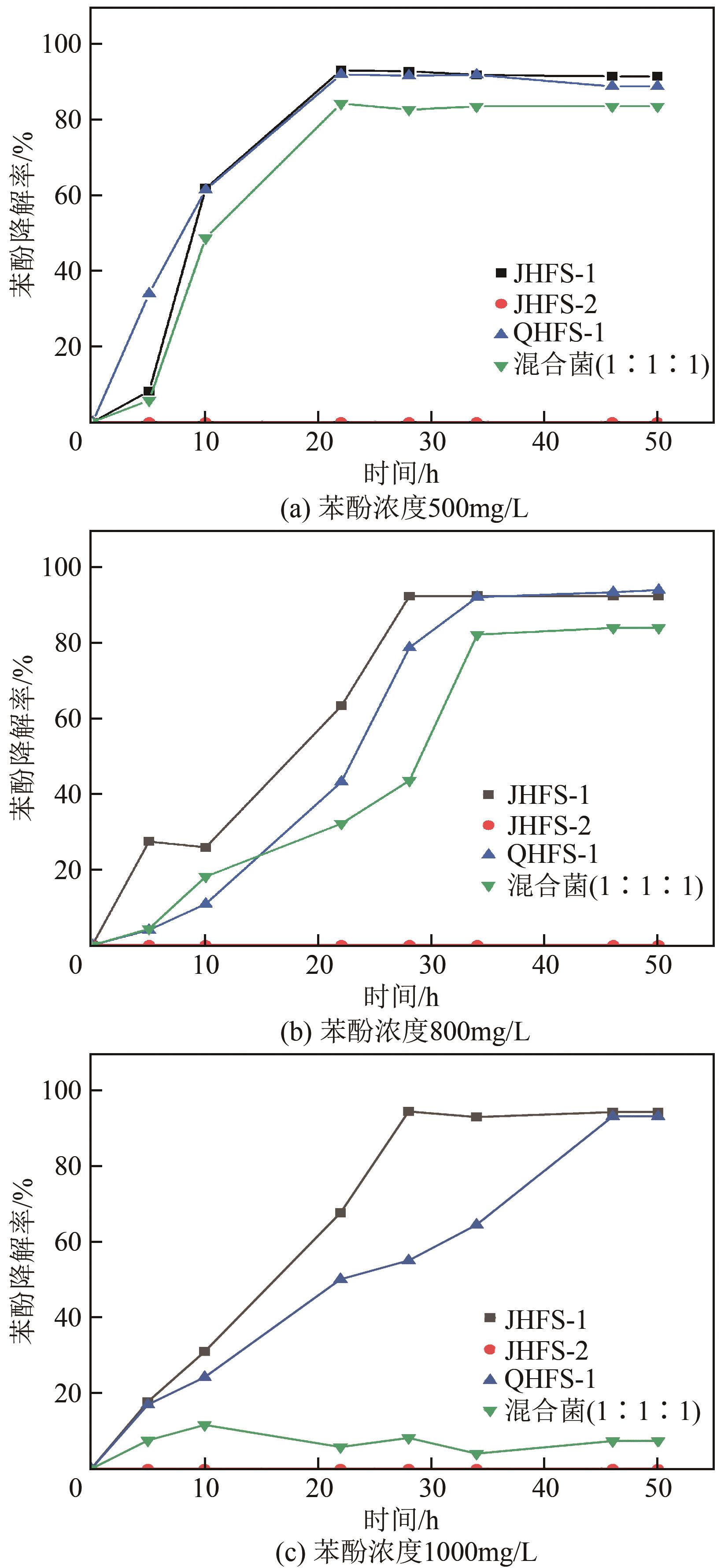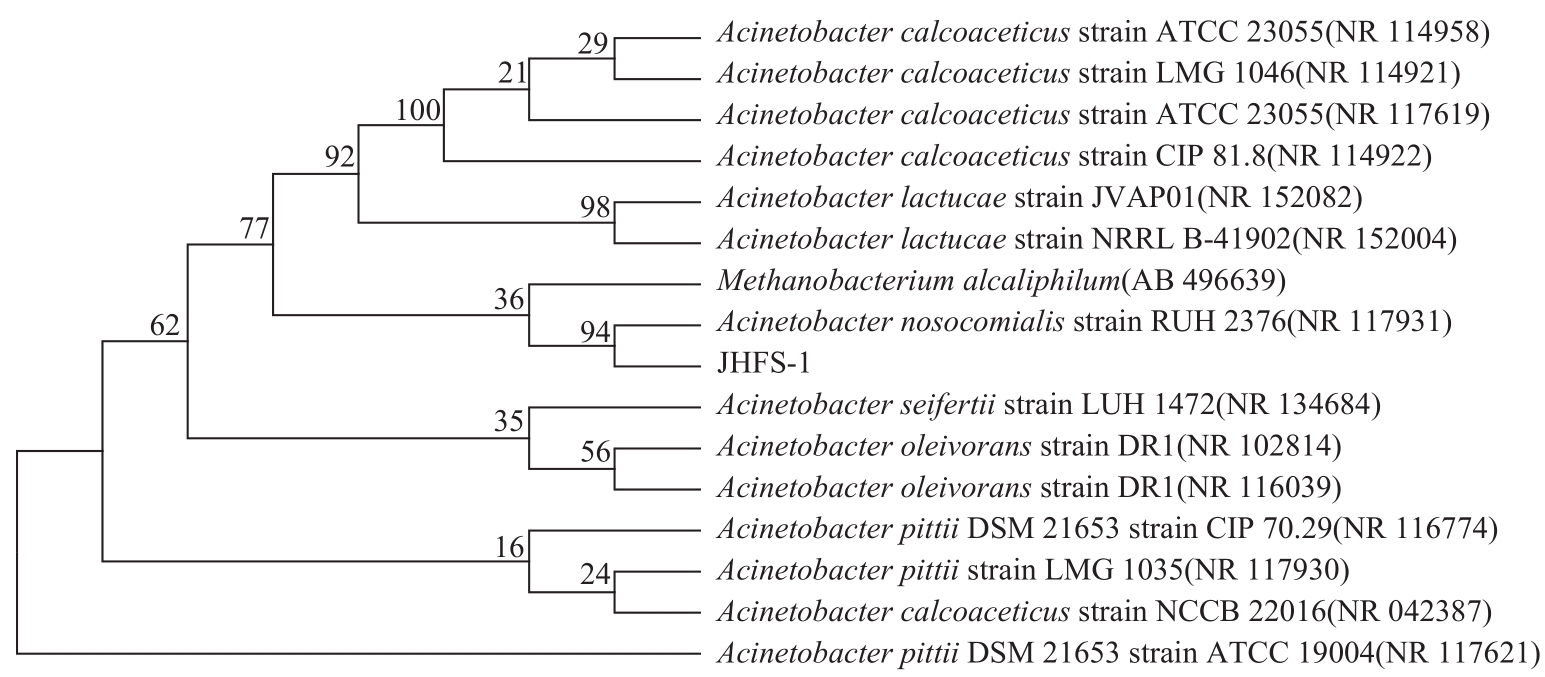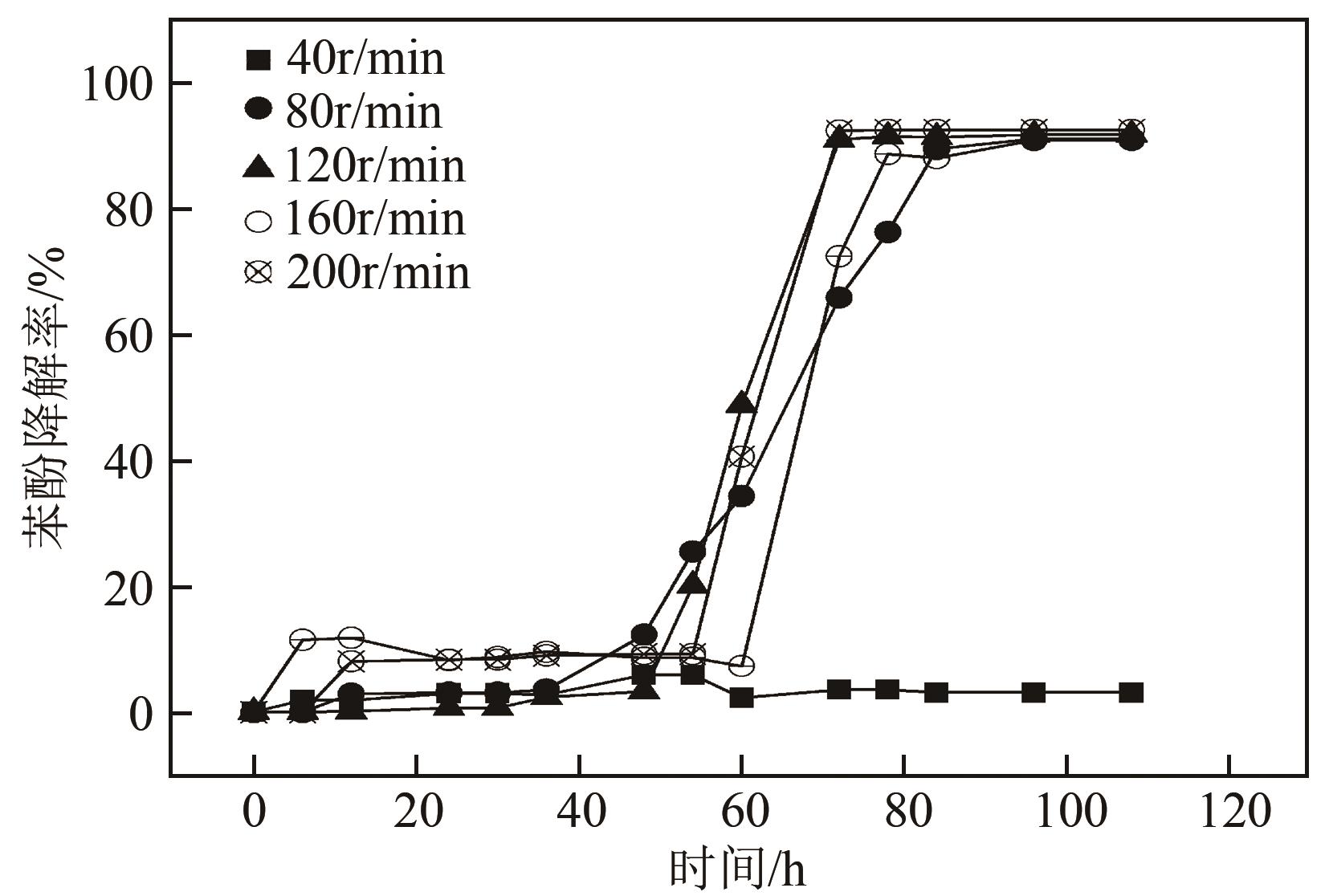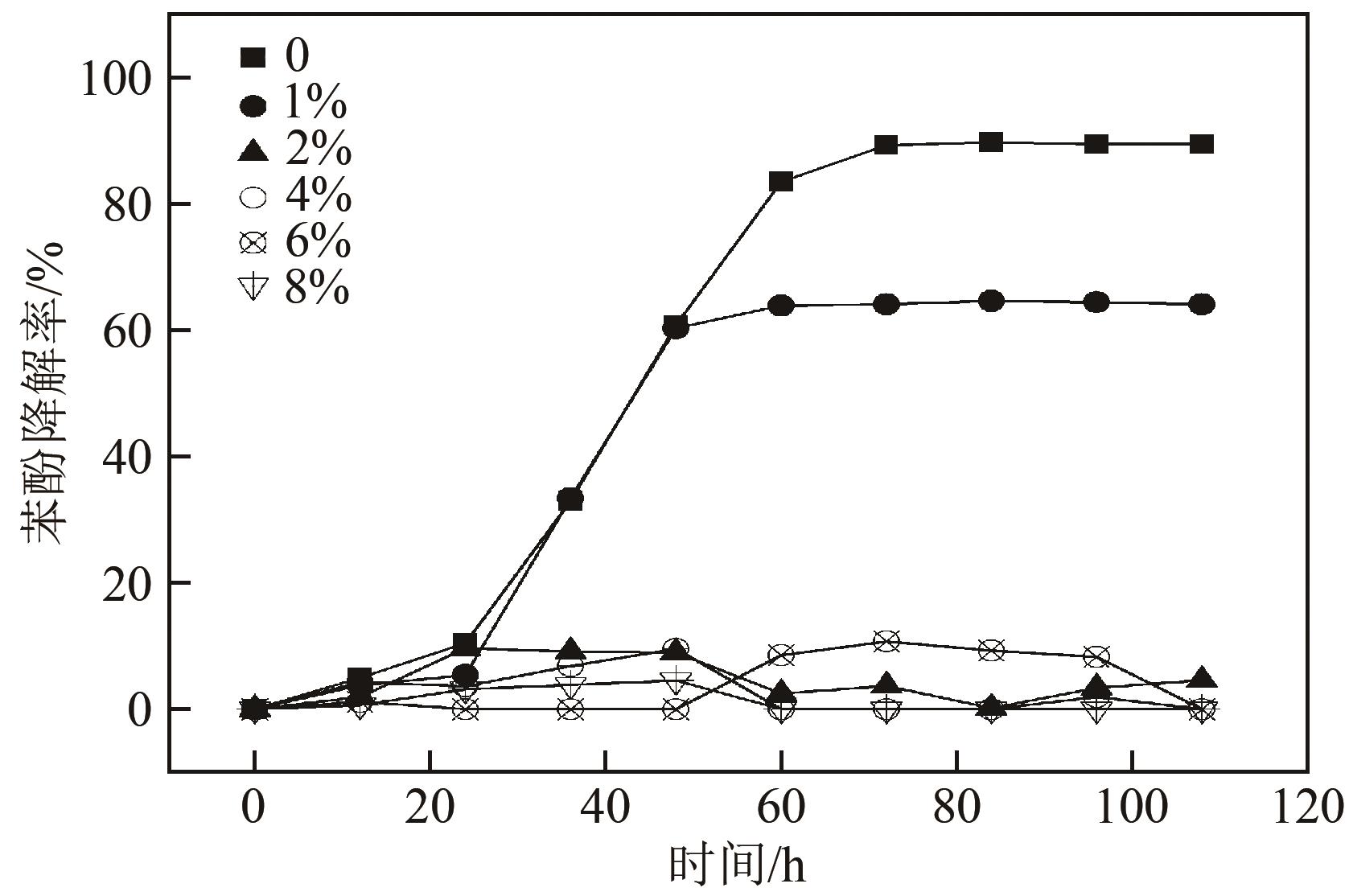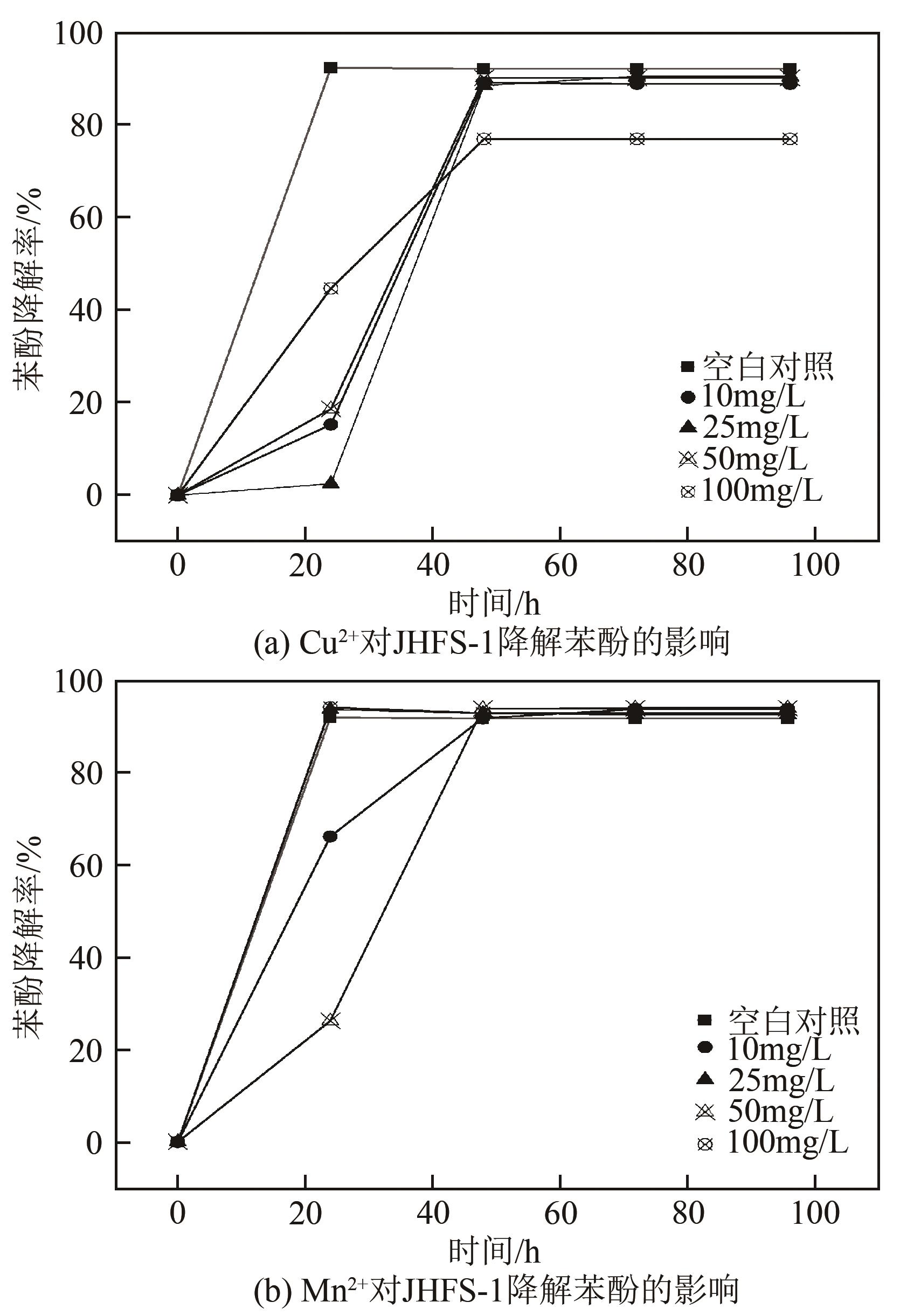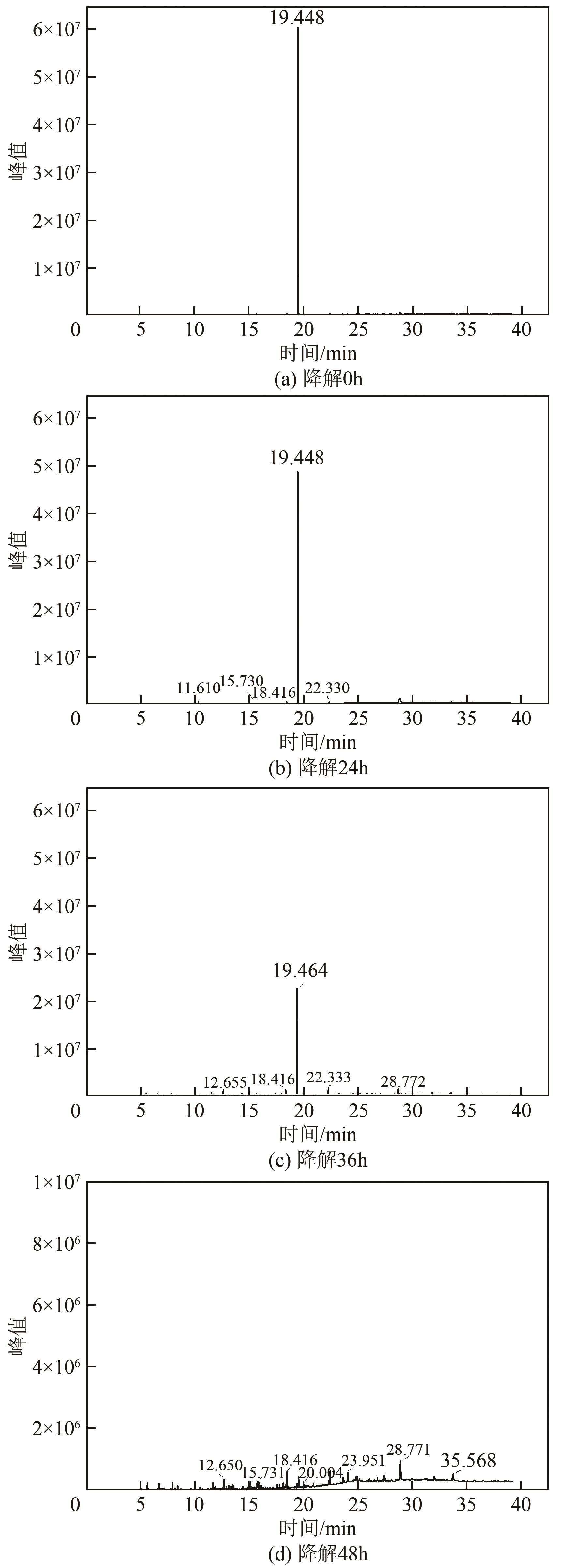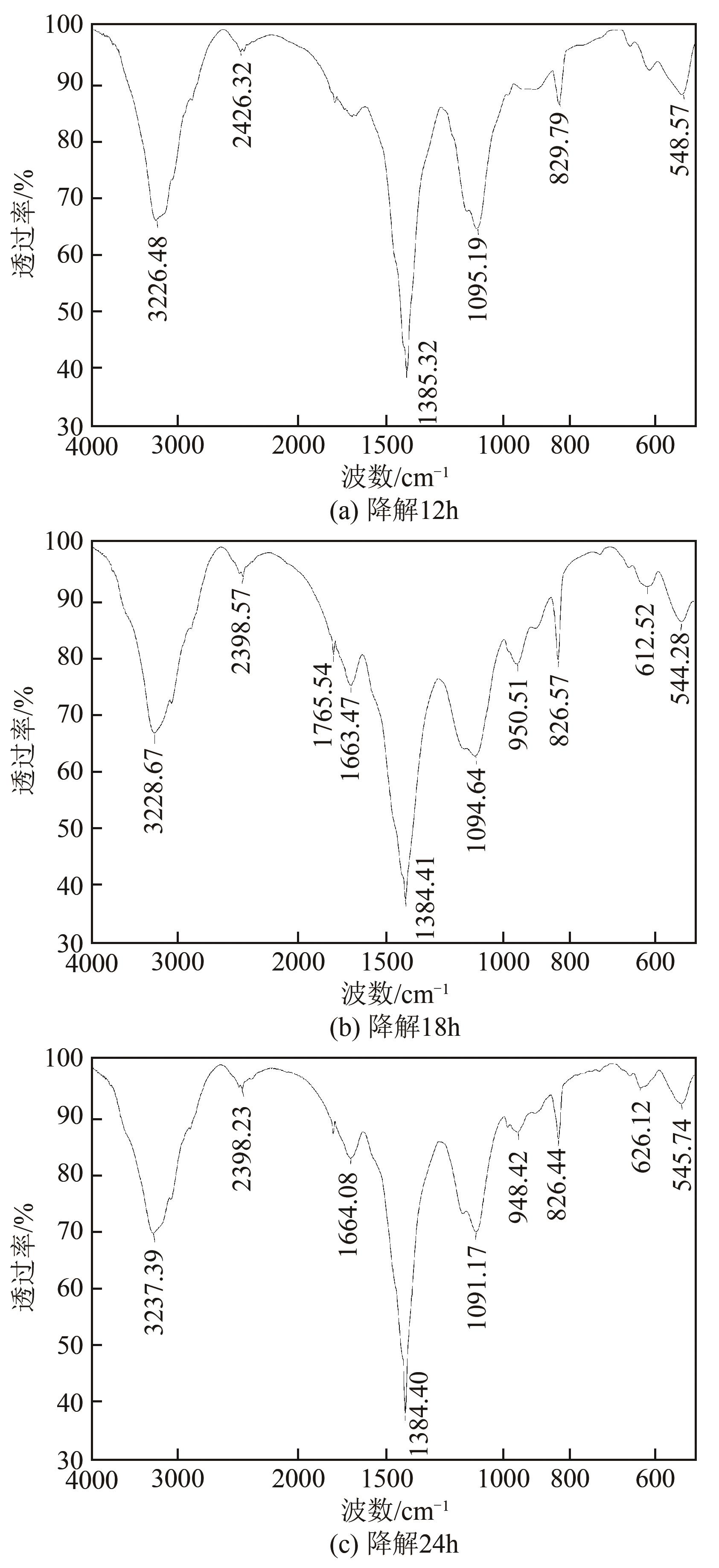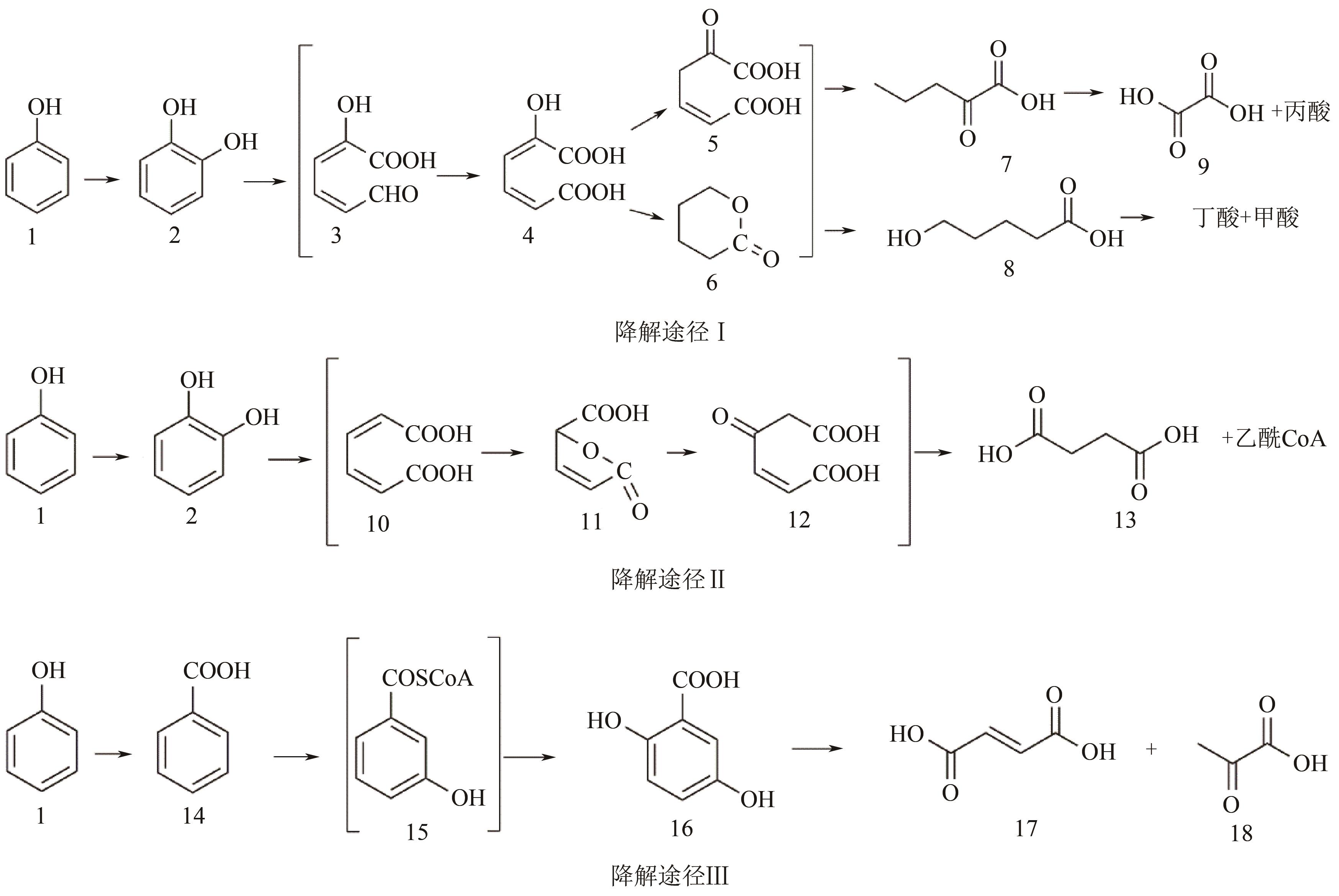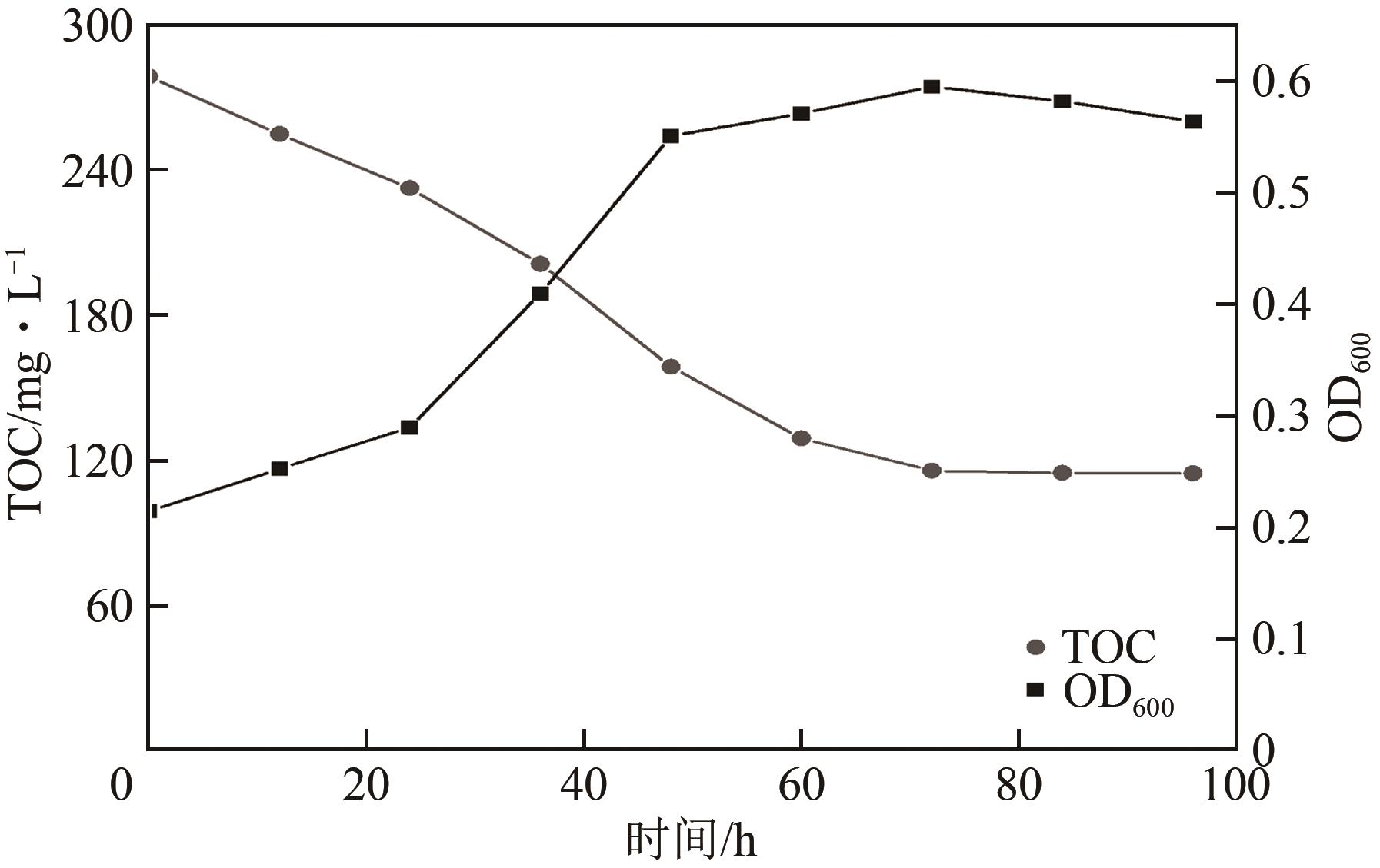| 1 |
杨国辉, 褚夫奎, 李磊. 煤炭气化技术的比较与分析[J]. 山东化工, 2021, 50(23): 61-64.
|
|
YANG Guohui, CHU Fukui, LI Lei. Comparison and analysis of coal gasification technology[J]. Shandong Chemical Industry, 2021, 50(23): 61-64.
|
| 2 |
李玉龙, 梁栋宇, 盛训超, 等. 煤炭地下气化残留物中微量元素分布及富集特性[J]. 化工进展, 2018, 37(4): 1590-1598.
|
|
LI Yulong, LIANG Dongyu, SHENG Xunchao, et al. Distribution and enrichment characteristics of trace elements during underground coal gasification[J]. Chemical Industry and Engineering Progress, 2018, 37(4): 1590-1598.
|
| 3 |
张乐, 谌伦建, 苏毓, 等. 褐煤气化半焦对地下水有机污染的模拟脱除[J]. 化工进展, 2016, 35(10): 3337-3343.
|
|
ZHANG Le, CHEN Lunjian, SU Yu, et al. Experimental studies on removal of organic contaminants in groundwater by UCG using semi-coke[J]. Chemical Industry and Engineering Progress, 2016, 35(10): 3337-3343.
|
| 4 |
HEMIDOUCHE S, FAVIER L, AMRANE A, et al. Successful biodegradation of a refractory pharmaceutical compound by an indigenous phenol-tolerant pseudomonas aeruginosa strain[J]. Water, Air, & Soil Pollution, 2018, 229(3): 1-16.
|
| 5 |
ZHAO Tiantao, GAO Yanhui, YU Tiantian, et al. Biodegradation of phenol by a highly tolerant strain Rhodococcus ruber C1: biochemical characterization and comparative genome analysis[J]. Ecotoxicology and Environmental Safety, 2021, 208: 111709.
|
| 6 |
DAYANA PRIYADHARSHINI S, BAKTHAVATSALAM A K. A comparative study on growth and degradation behavior of C. pyrenoidosa on synthetic phenol and phenolic wastewater of a coal gasification plant[J]. Journal of Environmental Chemical Engineering, 2019, 7(3): 103079.
|
| 7 |
BASHA K M, RAJENDRAN A, THANGAVELU V. Recent advances in the biodegradation of phenol: a review[J]. Asian Journal of Experimental Biological Science, 2010, 1(2): 219-234.
|
| 8 |
HE Qiangli, LIU Wenbin, YANG Haijun, et al. Isolation, identification of a phenol-degradaing strain and optimization for phenol degradation using response surface methodology[J]. Acta Scientiae Circumstantiae, 2016, 36(1): 112-123.
|
| 9 |
ZHOU Le’an, YAN Xuejun, YAN Yuqing, et al. Electrode potential regulates phenol degradation pathways in oxygen-diffused microbial electrochemical system[J]. Chemical Engineering Journal, 2020, 381: 122663.
|
| 10 |
杨丙衡, 安路阳, 张立涛, 等. 中间层为聚吡咯的复合电极深度处理焦化废水[J]. 化工进展, 2020, 39(10): 4256-4267.
|
|
YANG Bingheng, AN Luyang, ZHANG Litao, et al. Treatment of coking wastewater with composite electrode with PPy as middle layer[J]. Chemical Industry and Engineering Progress, 2020, 39(10): 4256-4267.
|
| 11 |
王韬, 李鑫钢, 杜启云. 含酚废水治理技术研究进展[J]. 化工进展, 2008, 27(2): 231-235.
|
|
WANG Tao, LI Xingang, DU Qiyun. Research progress of phenol-containing waste water disposal technique[J]. Chemical Industry and Engineering Progress, 2008, 27(2): 231-235.
|
| 12 |
SAHOO S K, BHATTACHARYA S, SAHOO N K. Photocatalytic degradation of biological recalcitrant pollutants: a green chemistry approach[J]. Biointerface Research in Applied Chemistry, 2020, 10(2): 5048-5060.
|
| 13 |
DU Juanshan, SUN Bo, ZHANG Jing, et al. Parabola-like shaped pH-rate profile for phenols oxidation by aqueous permanganate[J]. Environmental Science & Technology, 2012, 46(16): 8860-8867.
|
| 14 |
LI Haiping, CHENG Rongqing, LIU Zhiliang, et al. Waste control by waste: Fenton-like oxidation of phenol over Cu modified ZSM-5 from coal gangue[J]. Science of the Total Environment, 2019, 683: 638-647.
|
| 15 |
SUN Chen, CHEN Tong, HUANG Qunxing, et al. Activation of persulfate by CO2-activated biochar for improved phenolic pollutant degradation: performance and mechanism[J]. Chemical Engineering Journal, 2020, 380: 122519.
|
| 16 |
WANG Xinyue, SUN Yingnan, YANG Lu, et al. Novel photocatalytic system Fe-complex/TiO2 for efficient degradation of phenol and norfloxacin in water[J]. Science of the Total Environment, 2019, 656: 1010-1020.
|
| 17 |
RAJASULOCHANA P, PREETHY V. Comparison on efficiency of various techniques in treatment of waste and sewage water—A comprehensive review[J]. Resource-Efficient Technologies, 2016, 2(4): 175-184.
|
| 18 |
PANIGRAHY N, BARIK M, SAHOO N K. Kinetics of phenol biodegradation by an indigenous Pseudomonas citronellolis NS1 isolated from coke oven wastewater[J]. Journal of Hazardous, Toxic, and Radioactive Waste, 2020, 24(3): 04020019.
|
| 19 |
SINGH U, ARORA N K, SACHAN P. Simultaneous biodegradation of phenol and cyanide present in coke-oven effluent using immobilized Pseudomonas putida and Pseudomonas stutzeri [J]. Brazilian Journal of Microbiology, 2018, 49(1): 38-44.
|
| 20 |
KE Qian, ZHANG Yunge, WU Xilin, et al. Sustainable biodegradation of phenol by immobilized Bacillus sp. SAS19 with porous carbonaceous gels as carriers[J]. Journal of Environmental Management, 2018, 222: 185-189.
|
| 21 |
VAN DEXTER S, BOOPATHY R. Biodegradation of phenol by Acinetobacter tandoii isolated from the gut of the termite[J]. Environmental Science and Pollution Research International, 2019, 26(33): 34067-34072.
|
| 22 |
NAWAWI N M, AHMAD S A, SHUKOR M Y, et al. Statistical optimisation for improvement of phenol degradation by Rhodococcus sp. NAM 81[J]. Journal of Environmental Biology, 2016, 37(3): 443-451.
|
| 23 |
AZADI D, SHOJAEI H. Biodegradation of polycyclic aromatic hydrocarbons, phenol and sodium sulfate by Nocardia species isolated and characterized from Iranian ecosystems[J]. Scientific Reports, 2020, 10: 21860.
|
| 24 |
GOMES E SILVA N C, DE MACEDO A C, TELES PINHEIRO Á D, et al. Phenol biodegradation by Candida tropicalis ATCC 750 immobilized on cashew apple bagasse[J]. Journal of Environmental Chemical Engineering, 2019, 7(3): 103076.
|
| 25 |
DAN A, FUJII D, SODA S, et al. Removal of phenol, bisphenol A, and 4-tert-butylphenol from synthetic landfill leachate by vertical flow constructed wetlands[J]. Science of the Total Environment, 2017, 578: 566-576.
|
| 26 |
王哲, 骆逸飞, 郑春丽, 等. 淋溶条件下生物炭对矿区土壤中重金属迁移的影响[J]. 化工进展, 2020, 39(2): 738-746.
|
|
WANG Zhe, LUO Yifei, ZHENG Chunli, et al. Effect of biochar on migration of heavy metals in mining soil under leaching conditions[J]. Chemical Industry and Engineering Progress, 2020, 39(2): 738-746.
|
| 27 |
MOORALITHARAN S, HANAFIAH Z M, MANAN T, et al. Optimization of mycoremediation treatment for the chemical oxygen demand (COD) and ammonia nitrogen (AN) removal from domestic effluent using wild-Serbian Ganoderma lucidum (WSGL)[J]. Environmental Science and Pollution Research International, 2021, 28(1): 32528-32544.
|
| 28 |
PANIGRAHY N, BARIK M, SAHOO R K, et al. Metabolic profile analysis and kinetics of p-cresol biodegradation by an indigenous Pseudomonas citronellolis NS1 isolated from coke oven wastewater[J]. International Biodeterioration & Biodegradation, 2020, 147: 104837.
|
| 29 |
叶子兰, 吴生亮, 姜立春, 等. 苯酚降解菌Y_1的分离与鉴定[J]. 四川环境, 2022, 41(1): 24-29.
|
|
YE Zilan, WU Shengliang, JIANG Lichun, et al. Isolation and identification of phenol degrading bacterium named Y_1[J]. Sichuan Environment, 2022, 41(1): 24-29.
|
| 30 |
HASSANSHAHIAN M, ABARIAN M, BAHRAMZADEH K, et al. Isolation and identification of phenol-degrading bacteria in the industrial wastewater from the coal tar mine of Zarand in Iran[J]. Desalination and Water Treatment, 2019, 147: 125-134.
|
| 31 |
李从强, 杨明坤, 付佳, 等. 煤炭地下气化废水的微生物修复研究[J]. 河南理工大学学报(自然科学版), 2022, 41(6): 1-9.
|
|
LI Congqiang, YANG Mingkun, FU Jia, et al. Microbial remediation of underground coal gasification wastewater[J]. Journal of Polytechnic University (Natural Science), 2022, 41(6): 1-9.
|
 ), CHEN Lunjian1, XU Bing1,2(
), CHEN Lunjian1, XU Bing1,2( ), HUA Shaofeng1, LI Congqiang1, YANG Mingkun1, XING Baolin1,2, YI Guiyun1,2
), HUA Shaofeng1, LI Congqiang1, YANG Mingkun1, XING Baolin1,2, YI Guiyun1,2
 ), 谌伦建1, 徐冰1,2(
), 谌伦建1, 徐冰1,2( ), 华绍烽1, 李从强1, 杨明坤1, 邢宝林1,2, 仪桂云1,2
), 华绍烽1, 李从强1, 杨明坤1, 邢宝林1,2, 仪桂云1,2
